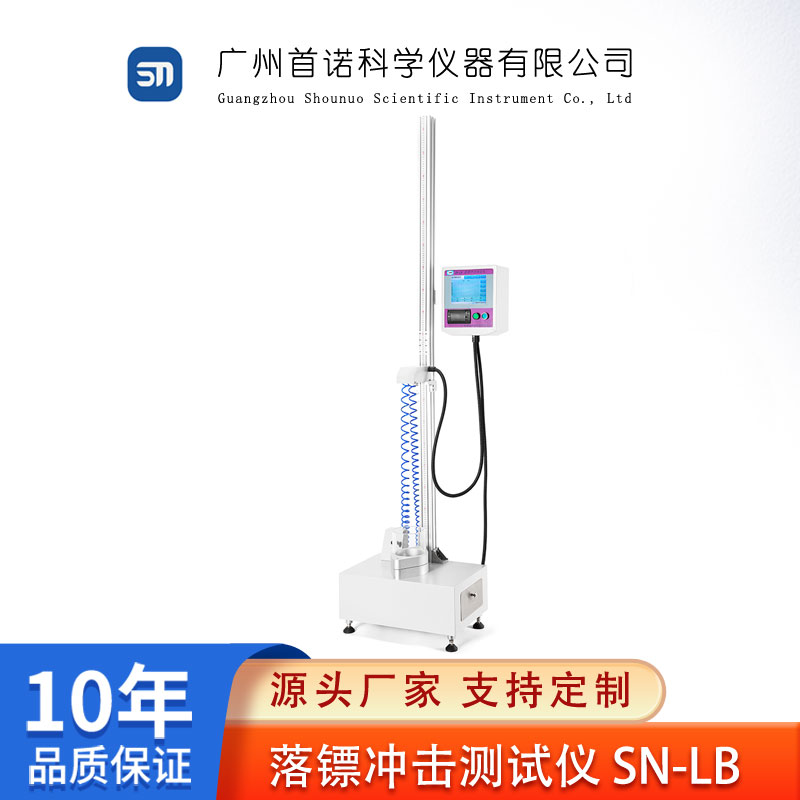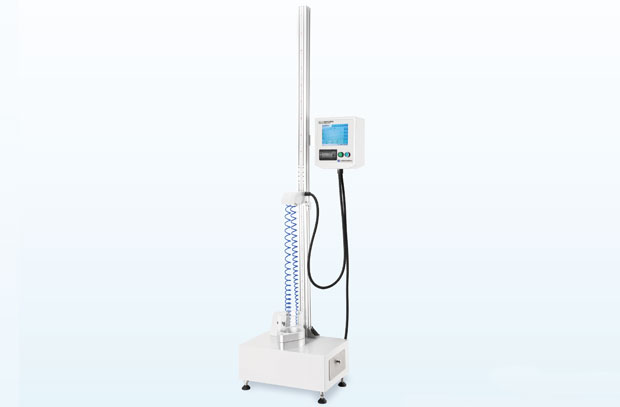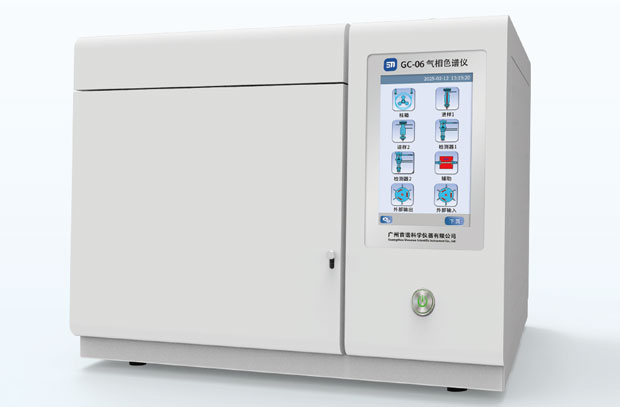Composite films, thanks to their excellent barrier properties, strength, and lightweight characteristics, have become a core material for food, pharmaceutical, and industrial product packaging. However, facing complex transportation environments, how can their impact resistance be accurately assessed? In the field of impact testing, pendulum impact testers and dart impact testers may appear to have similar functions, but for composite film testing, the pendulum method offers greater scientific and practical advantages.
1. Essential Difference: Tearing Energy vs. Puncture Force
Pendulum impact testing machine

This device simulates the tearing and propagation of materials under high-speed impact. By releasing kinetic energy through a pendulum, it impacts a notched strip specimen, directly measuring the impact energy (in J/m or kJ/m²) required to completely fracture the material, reflecting the material's ability to resist crack propagation.
Falling Dart Impact Tester

This simulates the process of a sharp or blunt object vertically penetrating a material. It measures the minimum weight or energy (in g or J) required to pierce a circular specimen from a falling dart at a specific height, reflecting the material's ability to resist localized penetration damage.
2. Why is the pendulum method more suitable for composite membranes?
Closer to real damage mode
Failure of composite films during transportation and stacking (e.g., dropping or squeezing) is rarely caused by pure vertical penetration; rather, it is more likely to manifest as edge tearing, seal cracking, or propagation of existing cracks. Pendulum impact directly measures the material's resistance to tear propagation, which closely matches the true failure mode.
Uncovering the essence of interlayer bonding and toughness
Composite films are made from multiple layers of different materials (such as PE, PET, and aluminum foil) bonded together with adhesives. The core of their impact resistance lies in the interlayer bond strength and the toughness of each layer. The pendulum impact energy directly reflects the overall toughness of the interlayers, which are synergistic and tear-resistant. If interlayer bonding is poor or a layer is brittle, the impact value will be significantly reduced, providing a clear signal of quality. The dart drop method primarily reflects the localized puncture resistance of the surface layer and cannot fully reflect the overall toughness of the multilayer composite structure.
Avoiding interference from the "support effect"
The dart test requires the specimen to be clamped flatly in a ring fixture, which provides support for the specimen. Composite films (especially those containing rigid layers such as aluminum foil) may exhibit inflated puncture resistance values due to this support, failing to accurately reflect the film's impact resistance in an unsupported state. The pendulum method, with the specimen fixed at both ends and freely suspended in the middle, produces results that more closely reflect the film's actual performance in actual use.
Quantitative data is more stable and comparable
The pendulum method uses standard notched specimens (such as ASTM D1922 and ISO 6383-2). Results are expressed as impact energy per unit thickness, providing high data stability and comparability, making it particularly suitable for materials research and development, process optimization, and quality control. The dart method, on the other hand, is susceptible to factors such as specimen flatness, clamping force, and the condition of the dart tip, resulting in relatively large data fluctuations.
3. Applicable Scenarios of the Dart Dropping Method
Dart impact testing remains valuable for evaluating single-layer films (such as PE cling film) or packaging applications requiring significant protection against sharp objects (such as heavy-duty packaging). However, its applicability to complex composite films, where tear propagation resistance is a key metric, is significantly weaker than the pendulum method.
Technology selection tips:
Priority pendulum method: evaluates the toughness, interlayer quality, and drop/extrusion tear resistance of composite films.
Consider the dart method: when evaluating single-layer films or packaging where the risk of sharp puncture is a priority (can be used as a supplementary test).
Standard guidance: Follow relevant product standards (such as GB/T 8809, ASTM D1922) or customer requirements.
Accurate testing methods are the cornerstone of quality. Understanding the nature of material failure and selecting appropriate testing methods can provide true scientific assurance for the reliability of composite film packaging. The pendulum impact tester, with its precise simulation of composite film tear failure modes and effective characterization of material toughness, has become an indispensable scientific eye in this field.











 Tel:13556033107
Tel:13556033107 E-mail:gzsnyq@vip.163.com
E-mail:gzsnyq@vip.163.com 




